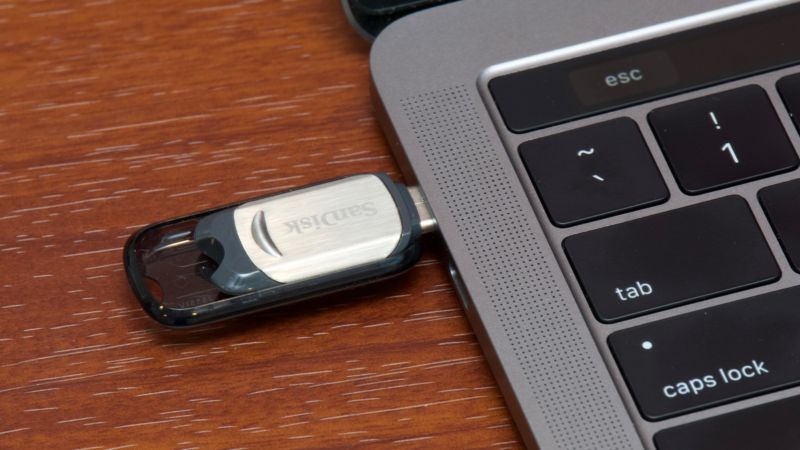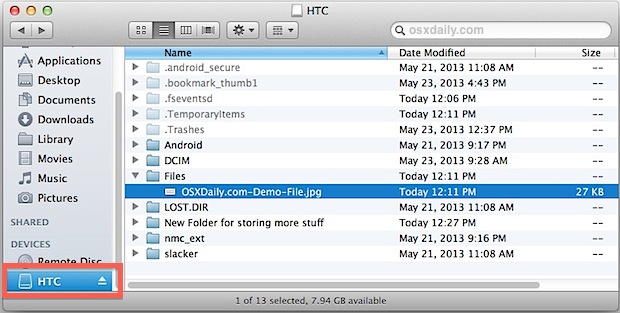A lot of Mac users and lovers recommend using the third-party app Kext Utility to solve their problems recognizing external drives. Readers who could not mount their USB 3.0 and 2.0 FAT and FAT 32 External Drives on their Macs ran the program Kext Utility and after rebooting these USB drives worked! Kext Utility runs on Mac OS X 10.5 or later. I bought a new hard drive cable and then the problem was solved. It seems that the MacBook Pro from 2011–2012 have some issues with the hard drive cable failing after some time. Now your USB drive is ready to be used as a bootable drive for installing macOS High Sierra on any compatible Mac. Read More Terminal Commands for Sierra and below versions here https://support. . Insert the USB drive,. wait for OSX to mount the drive,. eject the drive in Finder, and. then select the Devices USB Devices menu and select the USB drive to mount the drive. This works because you have to unmount the USB drive from OSX before you can mount it on your guest OS, but the drive must still be plugged in.
First we need to check your Finder preferences and ensure external disks are set to mount to your desktop.
With the Flash Drive connected to the USB port of your computer:
1. Click Finder in the upper left corner of the screen and select Preferences
2. Ensure the check box next to External disks is checked
If the Finder preferences are set to mount external drives to the desktop we will need to determine if the USB flash drive is detected by the computer
1. Double click the MAC HDD
2. Double click Applications
3. Double Click Utilities
4. Select System Information
5. On the left side selectUSB
If you see Flash Drive listed under the USB hub the USB flash drive is detected properly. You can verify is the drive is mounted by Selecting 'Go > Go to folder' from the file menu and typing /Volumes/ (Note: This is case sensitive). This will open the mount point for all drives connected to the Mac computer. You should see the drive mounted here.
If the USB flash drive is not listed under USB hub please verify other USB devices work properly and if possible test the USB flash drive using a different computer.If the USB flash drive is not detected on other computers or if other USB devices are working properly on this Mac then most likely the USB drive is not functional.
If the USB drive appears non-functional per the above troubleshooting, please contact SanDisk support for further assistance with warranty.
Mac Os X Usb Drive Won't Mount
I have an external USB drive, formatted in Mac OS Extended (Journaled) which I use with my iBook G4 (OS X Tiger).
Sometimes when I eject the drive the computer hangs and the pinwheel spins for a few minutes, and everything is fine. Other times it’s not. I’m not sure if firewire drives perform any better. I bought the USB drive because it was small and cheap.
Anyways, one day I plugged the drive in and OS X couldn’t mount it. I tried repairing it in Disk Utility and the repair failed with an “Invalid Volume Header“. DiskWarrior is supposed to be able to repair drives that Disk Utility can’t, but I didn’t feel like spending the $100. All of the photos on this drive were mirrored on another drive and also on DVD. The only thing I’d be losing are the star ratings I’d assigned to the photos (for the process of sorting through them).
So, considering that I wasn’t about to lose any data that I didn’t already have backed up, I tried to find a UNIX-type way to repair the disk. The Apple website had some notes about fsck (file system check), but nothing much that helped me. Then I found a website (that I can no longer find) that provided a solution running fsck.
First, start up disk utility and write down the location of the disk that won’t mount. OS X will give it a location such as /dev/disk1s3 . See Figure 1.
If you run disk utility you will get an error message such as shown in Figure 2.
The way to repair the disk is to use fsck with the -r and -f flags. -r rebuilds the filesystem catalog, and some times you’ll need to use the -f flag to force a check because it’s a journaled system. I haven’t had to use the -f flag (perhaps someone could comment on this?). If your drive is given the location /dev/disk1s3 you would type:

fsck_hfs -r /dev/disk1s3
Terminal will take a few minutes then spit out a bunch of code like this:josh:~ Josh$ fsck_hfs -r /dev/disk1s3
** /dev/rdisk1s3
Invalid Volume Header
** Checking HFS Plus volume.
** Checking Extents Overflow file.
** Checking Catalog file.
** Rebuilding Catalog B-tree.
** Rechecking volume.
** Checking HFS Plus volume.
** Checking Extents Overflow file.
** Checking Catalog file.
Missing thread record (id = 485454)
Incorrect number of thread records
(4, 226)
Incorrect number of thread records
(4, 226)
** Checking multi-linked files.
** Checking Catalog hierarchy.
Missing thread record (id = 485454)
Invalid directory item count
(It should be 38 instead of 57)
Missing thread record (id = 485441)
Invalid directory item count
(It should be 0 instead of 3)
Invalid volume file count
(It should be 402470 instead of 404177)
** Checking Extended Attributes file.
** Checking volume bitmap.
Volume Bit Map needs minor repair
** Checking volume information.
Invalid volume free block count
(It should be 9243234 instead of 13012437)
Volume Header needs minor repair
(2, 0)
** Repairing volume.
** Rechecking volume.
** Checking HFS Plus volume.
** Checking Extents Overflow file.
** Checking Catalog file.
Missing thread record (id = 471381)
Missing thread record (id = 473603)
Missing thread record (id = 476491)
Incorrect number of thread records
(4, 226)
** Checking multi-linked files.
** Checking Catalog hierarchy.
Invalid volume file count
(It should be 402470 instead of 404177)
** Checking Extended Attributes file.
** Checking volume bitmap.
** Checking volume information.
** Repairing volume.
Missing directory record (id = 476491)
Missing directory record (id = 473603)
Missing directory record (id = 471381)
** Look for missing items in lost+found directory.
** Rechecking volume.
** Checking HFS Plus volume.
** Checking Extents Overflow file.
** Checking Catalog file.
** Checking multi-linked files.
** Checking Catalog hierarchy.
** Checking Extended Attributes file.
** Checking volume bitmap.
** Checking volume information.
Invalid volume file count
(It should be 404177 instead of 402470)
** The volume HDD could not be repaired after 3 attempts.
If it still reports a failure, run it again.

josh:~ Josh$ fsck_hfs -r /dev/disk1s3
** /dev/rdisk1s3
** Checking HFS Plus volume.
** Checking Extents Overflow file.
** Checking Catalog file.
** Rebuilding Catalog B-tree.
** Rechecking volume.
** Checking HFS Plus volume.
** Checking Extents Overflow file.
** Checking Catalog file.
** Checking multi-linked files.
** Checking Catalog hierarchy.
** Checking Extended Attributes file.
** Checking volume bitmap.
** Checking volume information.
Invalid volume file count
(It should be 404177 instead of 402470)
** Repairing volume.
** Rechecking volume.
** Checking HFS Plus volume.
** Checking Extents Overflow file.
** Checking Catalog file.
** Checking multi-linked files.
** Checking Catalog hierarchy.
** Checking Extended Attributes file.
** Checking volume bitmap.
** Checking volume information.
** The volume HDD was repaired successfully.
josh:~ Josh$
Success! The volume is repaired.
Mac Os Mount
Apple reports that some errors that get reported when a volume is journaled are benign. See http://support.apple.com/kb/TS2028?viewlocale=en_US. See also http://support.apple.com/kb/TA21053?viewlocale=en_US for Apple’s support page on repairing a journaled volume.
